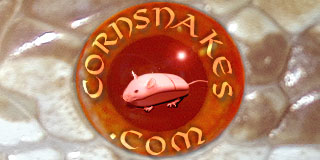AnotherLioness
New member
Hello! I am hoping to identify the morph of a wild corn I found. It was in the dogs’ yard and I moved him to the field. I only held it briefly. I didn’t think to get a picture so all I have is a description. It was for sure amel but I can’t find the exact pattern. (Or I’m not recalling the markings correctly) It was a really vivid red, orange, and white. The eyes were red. I remember the white being large bands and the orange surrounding spots of red. The closest morphs I found is florescent amel and Okatee reverse but I’m not sure if they occur in the wild. I would really appreciate some help. It was a beautiful snake!
